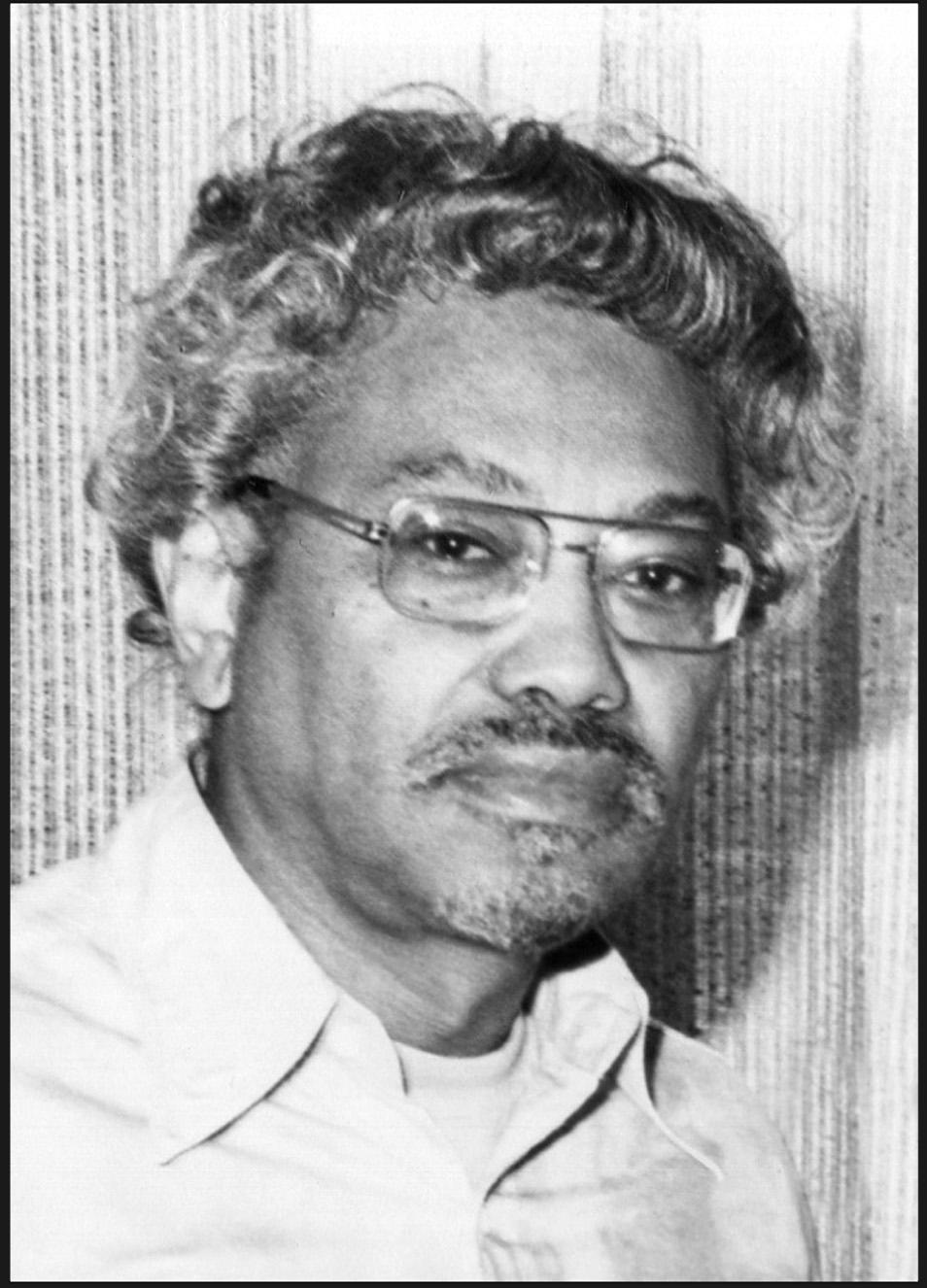James E. Young, 1983

MIT alum and physics professor James E. Young, 1983.
James Edward Young MS '51, PhD '53 made history in 1970 as his department's first black tenured faculty member, a position he held until 1992, before becoming an emeritus professor.
The optimistic forecasts [of] the late 50's were made by medical people who did not know computers and computer people who did not know medicine.
James Young on efficient use of medical electronic data-processing, The Tech, 1971
Young graduated from Howard University with a bachelor's in physics in 1946. From 1946 to 1949 he taught physics at Hampton Institute in Virginia. He simultaneously worked on a masters degree in physics at Howard University, in absentia, before joining the staff of the Acoustics Laboratory at MIT as Research Assistant in 1949.
Young received his MS degree, without specification, from MIT. He stayed on to earn his PhD in Physics in 1953, with a dissertation entitled "Propagation of Sound In Attenuating Ducts Containing Absorptive Strips," and completed a one-year Post-doctoral Fellow in Acoustics in 1954. He returned to the Institute in 1969 as a Visiting Professor, earning tenure the following year in the Department of Physics.
One of the most interesting persons at the [MIT Center for Theoretical Physics] was James Young...our discussions would often turn to the senior physicists in the black college community who mentored several generations of students who then went on to achieve doctorates in physics. These "elders" served as role models, provided the required intellectual tools for success in graduate school, and gave (when needed) both emotional and financial support to their students.
Physicist and MIT Visiting Professor Ronald E. Mickens, 1999
As a founding member of the National Society of Black Physicists, Young is well-known for mentoring two pioneering and exceptionally promising MIT doctoral students: Shirley Ann Jackson '68, PhD '73 and Sylvester James Gates, Jr. '73, PhD '77. Both would go on to distinguished careers, including appointments by two U.S. presidents.
Jim [Young] was perfect because a lot of advisors would not have permitted a student to strike out so totally in an untested direction. They would have advised a student to take a safer direction.
Physicist S. James Gates in Technology and the Dream on his doctoral work in supersymmetry under Young